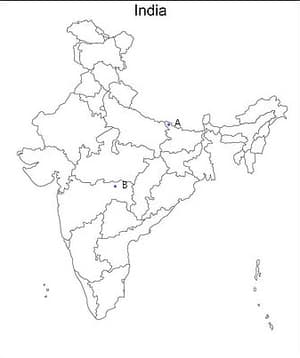Embibe Experts Solutions for Chapter: Nationalism in India, Exercise 1: Exercise 1
Embibe Experts Social Science Solutions for Exercise - Embibe Experts Solutions for Chapter: Nationalism in India, Exercise 1: Exercise 1
Attempt the free practice questions on Chapter 2: Nationalism in India, Exercise 1: Exercise 1 with hints and solutions to strengthen your understanding. EMBIBE CHAPTER WISE PREVIOUS YEAR PAPERS FOR SOCIAL SCIENCE solutions are prepared by Experienced Embibe Experts.
Questions from Embibe Experts Solutions for Chapter: Nationalism in India, Exercise 1: Exercise 1 with Hints & Solutions
Examine the progress of the Civil Disobedience Movement in the countryside.
Analyse the ways through which people of different communities developed a sense of collective belonging in India.
"Gandhiji felt the Khilafat issue as an opportunity to bring Hindus and Muslims under the umbrella of a unified national movement." Explain the statement.
Explain the participation of women in the 'Civil Disobedience Movement'
"Mahatma Gandhi found in salt a powerful symbol that could unite the nation". Examine the statement in context of Civil Disobedience Movement.
Examine the progress of the Civil Disobedience Movement among different strata of society.
Two places A and B have been market on the given political outline map of India. Identify them with the help of given information and write their correct names on the lines drawn near them.
(a) The place where Mahatma Gandhi started Satyagraha for Indigo peasants.
(b) The place where session of Indian National Congress held in December, .

